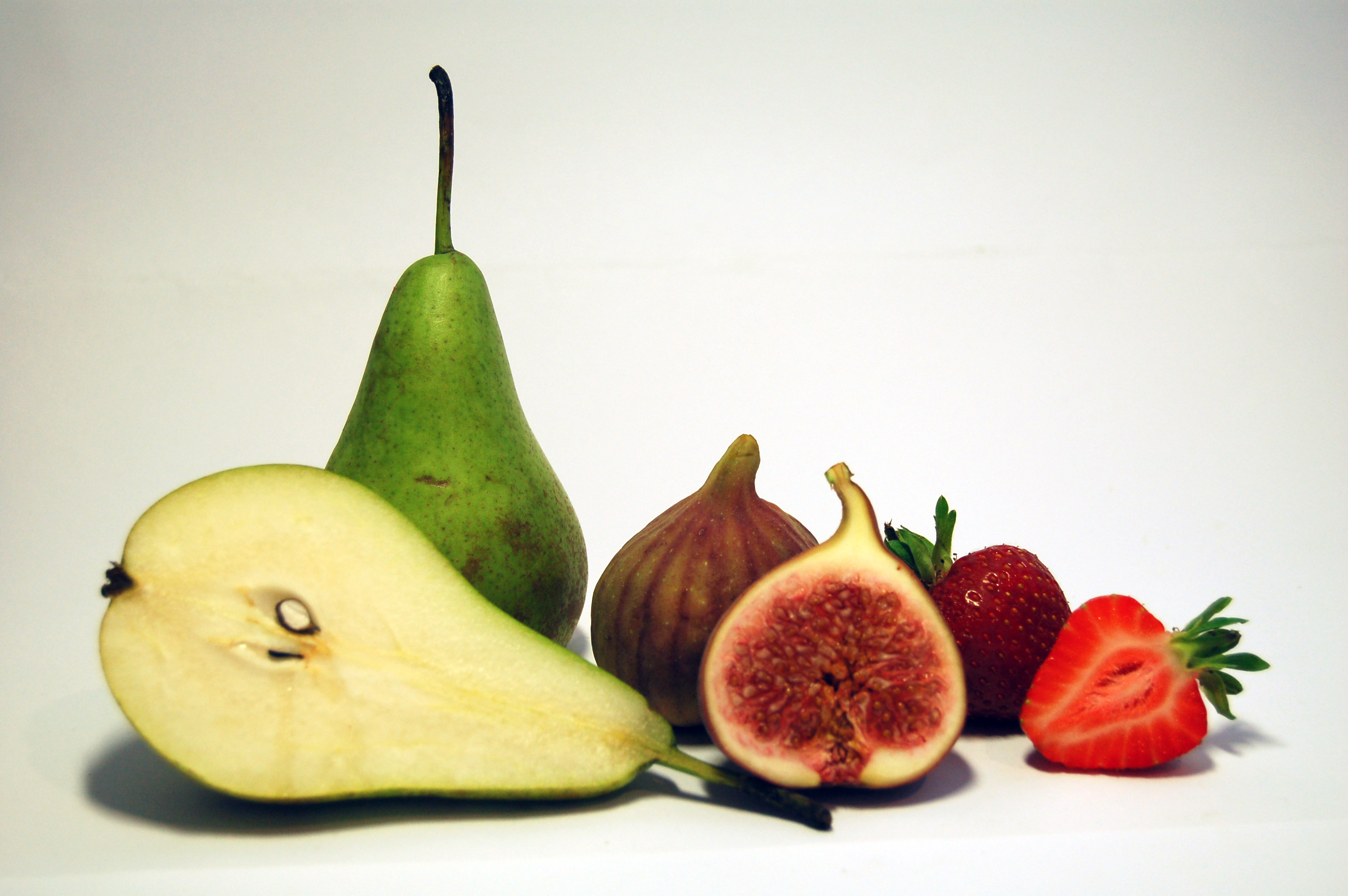Anthocarp on:
[Wikipedia]
[Google]
[Amazon]
 An accessory fruit is a fruit in which some of the flesh is derived not from the floral
An accessory fruit is a fruit in which some of the flesh is derived not from the floral
 An accessory fruit is a fruit in which some of the flesh is derived not from the floral
An accessory fruit is a fruit in which some of the flesh is derived not from the floral ovary
The ovary is an organ in the female reproductive system that produces an ovum. When released, this travels down the fallopian tube into the uterus, where it may become fertilized by a sperm. There is an ovary () found on each side of the body. ...
but from some adjacent tissue exterior to the carpel.Esau, K. 1977. ''Anatomy of seed plants''. John Wiley and Sons, New York. Accessory fruits are usually indehiscent.
Terminology
Alternative terms for accessory fruit are false fruit, spurious fruit, pseudofruit, or pseudocarp. These are older terms for accessory fruit that have been criticized as "inapt", and are not used by some botanists today.Examples
The following are examples of accessory fruits listed by the plant organ from which the accessory tissue is derived: * Hypanthium-derived:pome
In botany, a pome is a type of fruit produced by flowering plants in the subtribe Malinae of the family Rosaceae. Well-known pomes include the apple, pear, and quince.
Etymology
The word ''pome'' entered English in the late 14th century, and re ...
s (e.g. apple and pear)
* Perianth-derived: ''anthocarps'' of the Nyctaginaceae
* Receptacle
Receptacle may refer to:
Biology
* Receptacle (botany), a plant anatomical part
* Seminal receptacle, a sperm storage site in some insects
Electrical engineering
* Automobile auxiliary power outlet, formerly known as ''cigarette lighter recep ...
-derived: fig
The fig is the edible fruit of ''Ficus carica'', a species of small tree in the flowering plant family Moraceae. Native to the Mediterranean and western Asia, it has been cultivated since ancient times and is now widely grown throughout the world ...
, mulberry
''Morus'', a genus of flowering plants in the family Moraceae, consists of diverse species of deciduous trees commonly known as mulberries, growing wild and under cultivation in many temperate world regions. Generally, the genus has 64 identif ...
, pineapple, and strawberry
The garden strawberry (or simply strawberry; ''Fragaria × ananassa'') is a widely grown hybrid species of the genus '' Fragaria'', collectively known as the strawberries, which are cultivated worldwide for their fruit. The fruit is widely ap ...
* Calyx
Calyx or calyce (plural "calyces"), from the Latin ''calix'' which itself comes from the Ancient Greek ''κάλυξ'' (''kálux'') meaning "husk" or "pod", may refer to:
Biology
* Calyx (anatomy), collective name for several cup-like structures ...
-derived: '' Gaultheria procumbens'' and ''Syzygium jambos
''Syzygium jambos'' is a species of rose apple originating in Southeast Asia and occurring widely elsewhere, having been introduced as an ornamental and fruit tree.Janick, Jules. Paull, Robert E. The Encyclopedia of Fruit & Nuts. Publisher: ...
''
Fruit with fleshy seeds, such as pomegranate or mamoncillo
''Melicoccus bijugatus'' is a fruit-bearing tree in the soapberry family Sapindaceae, native or naturalized across the New World tropics including South and Central America, and parts of the Caribbean. Its stone-bearing fruits are edible. It is ...
, are not considered to be accessory fruits.
Research
Current research has proposed that a single class of genes may be responsible for regulating accessory fruit formation and ripening. A study using strawberries concluded that hormone signaling pathways involving gibberellic acid andauxin
Auxins (plural of auxin ) are a class of plant hormones (or plant-growth regulators) with some morphogen-like characteristics. Auxins play a cardinal role in coordination of many growth and behavioral processes in plant life cycles and are essenti ...
affect gene expression, and contribute to the initiation of accessory fruit development. Metabolic modifications in different developing accessory fruit tissues are due to the varied distributions of compounds such as triterpenoids and steroids
A steroid is a biologically active organic compound with four rings arranged in a specific molecular configuration. Steroids have two principal biological functions: as important components of cell membranes that alter membrane fluidity; and a ...
.
See also
* Aggregate fruit * Compound fruit *Multiple fruit
Multi-fruits, also called collective fruits, are fruiting bodies formed from a cluster of flowers, the ''inflorescence''. Each flower in the inflorescence produces a fruit, but these mature into a single mass. After flowering the mass is called a ...
References
{{Fruits Fruit morphology